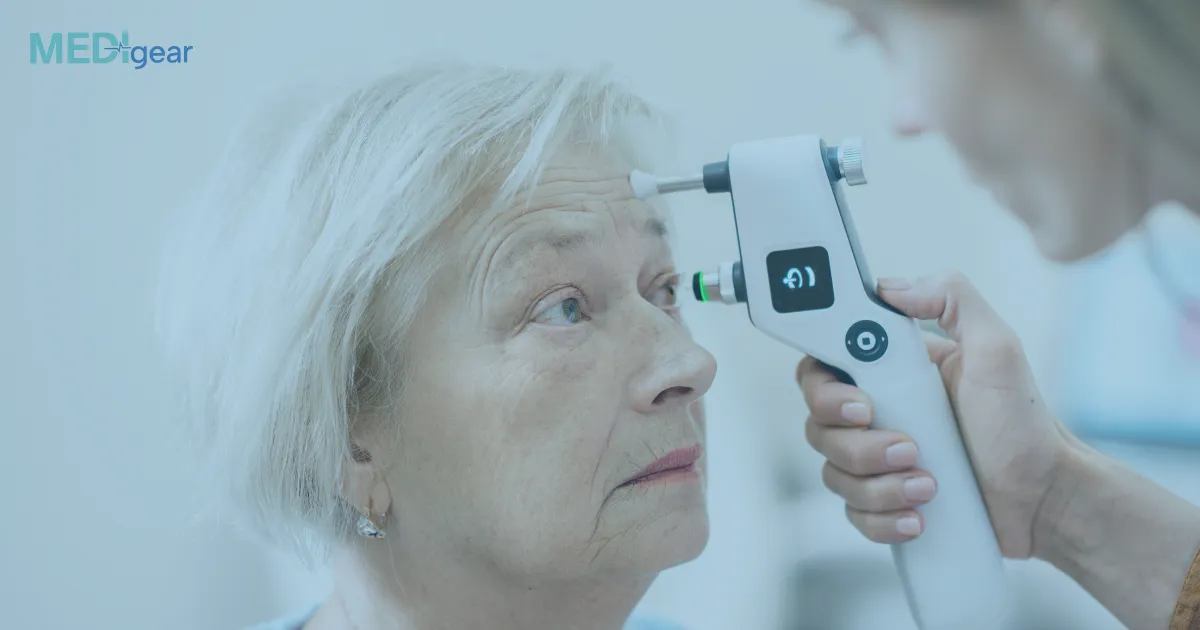Measuring intraocular pressure (IOP) is a critical part of eye care, especially for the early detection and management of glaucoma. Tonometers are specialized ophthalmic devices designed to measure the pressure inside the eye, helping clinicians prevent vision loss through timely diagnosis and treatment.
1. What Is a Tonometer?
A tonometer is an instrument that gauges intraocular pressure by applying a controlled force to the eye and measuring its response. Different types of tonometers use varied techniques, but the goal is the same: accurate measurement of IOP to detect potential ocular issues.
2. Methods of Measuring Eye Pressure
a. Applanation Tonometry
This is one of the most common methods, where a small flat-tipped probe gently flattens a portion of the cornea. The force required to flatten the cornea is used to calculate intraocular pressure. Goldmann applanation tonometry is considered the clinical gold standard.
b. Non-Contact (Air Puff) Tonometry
Non-contact tonometers use a short puff of air to flatten the cornea and measure the pressure without touching the eye. This method is quick, hygienic, and ideal for screening purposes.
c. Rebound Tonometry
Rebound tonometers use a small, lightweight probe that bounces off the cornea. The speed and deceleration of the probe upon contact are analyzed to determine IOP. This technique is portable and easy to use, especially for children or bedridden patients.
d. Dynamic Contour and Other Advanced Methods
Some modern tonometers use contour-matching technology or sensors integrated into contact lenses to continuously monitor IOP over time, providing more detailed insights into pressure fluctuations.
3. Benefits of Tonometers
- Early Detection of Glaucoma: Regular IOP measurements help identify patients at risk before significant vision loss occurs.
- Guided Treatment Plans: Accurate pressure readings inform the need for medication, laser therapy, or surgery.
- Monitoring Disease Progression: Repeated measurements track the effectiveness of ongoing treatment.
- Non-Invasive and Quick: Many tonometry methods are painless and take only a few seconds.
Conclusion
Tonometers play a vital role in preserving eye health. By measuring intraocular pressure accurately, they enable early detection and management of glaucoma and other ocular conditions, ultimately helping patients maintain healthy vision.
Disclaimer: This blog is for informational purposes only and should not replace professional medical advice. Patients should consult a qualified ophthalmologist for diagnosis and management of eye conditions.






